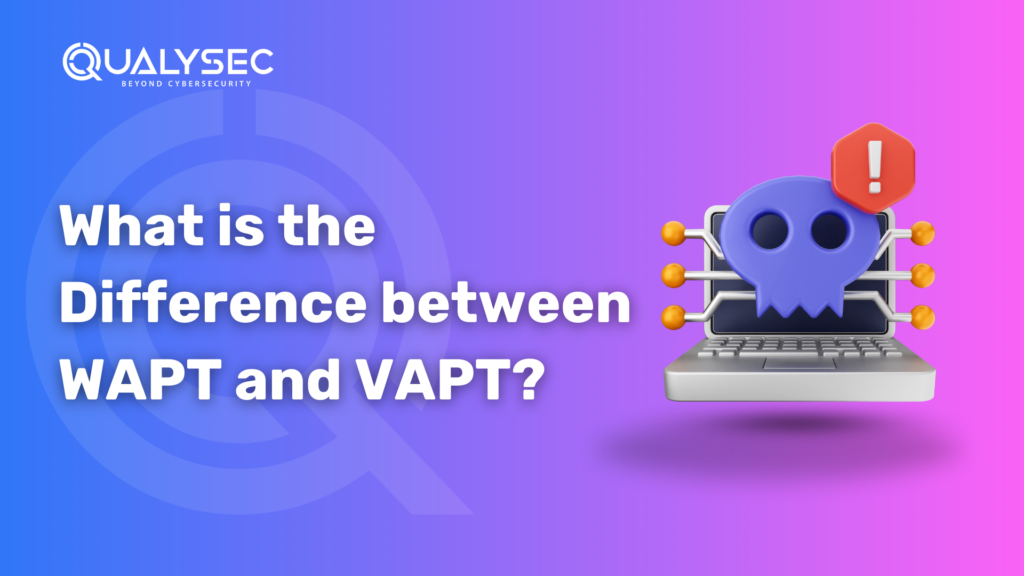A Complete Guide to Web Application Security Testing Methodology: Steps, Tools & Best Practices
Web application security testing assesses the different aspects of the web application for design, usage, execution, and source code vulnerability to establish its ability to withstand a certain type of security attack. Overall, it assists organizations in safeguarding user information and ensuring the privacy and accuracy of users’ sensitive information, such as workers’ or customers’ health records. Security testing is part of application security testing, and vulnerabilities or threats may occur through web technologies. Web Application Security Testing Methodology can be used to check for or against cross-site scripting attacks (XSS), SQL injection, broken ACL, and weak ACL. It allows the organization to identify possible security vulnerabilities before cybercriminals exploit them. Organizations can also make their web application security less prone to attacks by implementing security features such as access control and encryption measures. Therefore, security testing should be done occasionally via vulnerability scans or penetration testing. Why Is Web Application Security Testing Methodology Important? Web app security testing is important for several reasons: This helps you identify some of the flaws that hackers may exploit to compromise your data, hence incurring a financial loss. It is crucial to conduct periodic security checks regarding the user information to ensure it is protect from any intruders. Besides guarding the identity of a user, web application security testing ensures that companies comply with legislation, regulations, and industry standards such as GDPR or PCI DSS. The purpose of systematic Web Application Security Testing Methodology is to investigate your current security posture by uncovering past security violations or activities that may occur before developing into severe incidents. Security pre-testing can be done to assess your position on security before engaging in testing or to avoid incidents and loss of important information through web application testing. Taking proactive steps to evaluate your security stance by using web application testing can avoid expensive incident handling and data compromise. Latest Penetration Testing Report Download Web Application Security Testing Techniques and Tools: Static Application Security Testing (SAST) Static Application Security Testing SAST is the acronym for source code or static analysis security testing, where the application’s internal structure is analyzed for any weakness. Since the code is only being analyzed, but not executed during Static Application Security Testing, it enables developers and security personnel to notice vulnerabilities during the early stages of the development process and take all the necessary measures in order not to allow a breach of security. The main advantage of SAST is that it can detect a vulnerability in the source code relatively early. It is more effective to address these issues at this stage of the development process to rectify them, when they have not sunk their claws deep into the application development process and its outcome. Dynamic Application Security Testing (DAST) Dynamic Application Security Testing, or DAST, is a form of black-box testing that focuses on interacting with the application and identifying its weaknesses. DAST focuses on how an application works while in use, while SAST is a form of source code analysis that allows a tester to discover things that cannot be seen when analyzing code only. As with any testing approach, DAST offers some advantages over other approaches to testing. First, being a dynamic testing tool, it can find vulnerabilities that occur at runtime, for instance, runtime injection attacks or misconfigurations. Secondly, DAST is more readily available to non-developers because the approach does not require detailed knowledge of the application source code. Finally, tools for DAST can often be used to test web applications and APIs in equal measure, making it an overall security test tool. Interactive Application Security Testing (IAST) Interactive Application Security Testing (IAST) is a blended method that includes the features of both SAST and DAST. IAST includes instrumenting an application at runtime and tracking its behavior to detect security flaws. By examining the application’s code and its behavior at runtime, IAST gives a more accurate picture of an application’s security stance than SAST or DAST in isolation. IAST has several benefits compared to conventional Web Application Security Testing Methodology. First, integrating static and dynamic analysis in IAST delivers a better understanding of an application’s security. It allows the tester to independently identify problems that SAST or DAST might miss. Second, since IAST tools scan an application during runtime, they can offer higher-quality, actionable intelligence around vulnerabilities, which lowers the number of false positives and makes remediation easier. Penetration Testing Penetration Testing, simply pentesting, is a type of security test technique where realistic attack simulations against an application or a network are undertaken to ascertain any possible weaknesses and the suitability of an organization’s security measures. It has several advantages over other security testing methods. First, by mimicking actual attacks, penetration tests give organizations an accurate picture of their security stance, allowing them to understand better and prioritize their security threats. In addition, penetration tests enable organizations to locate vulnerabilities in their security controls and processes, thus enhancing their overall security strategy. Lastly, penetration tests would allow organizations to comply with regulatory requirements and show compliance with industry standards, e.g., the Payment Card Industry Data Security Standard (PCI DSS). A Methodology for Web Application Security Testing A comprehensive web application security testing process has four key stages: Stage I: Initiation Understanding the application The initial phase of the web application security assessment procedure is to develop a thorough knowledge of the application you’re testing. This involves figuring out the purpose of the application, the target market, and the primary functionality. It is likewise critical to understand the technology and frameworks used within the development of the application, as these will frequently have particular security challenges. Defining the scope of testing After you have a good grasp of the application, the next thing to do is to determine the scope of your security testing. This way, you figure out the precise areas of the application you will be testing and the kind of vulnerabilities you’ll be attempting to find. Having an explicit testing scope guarantees that your






